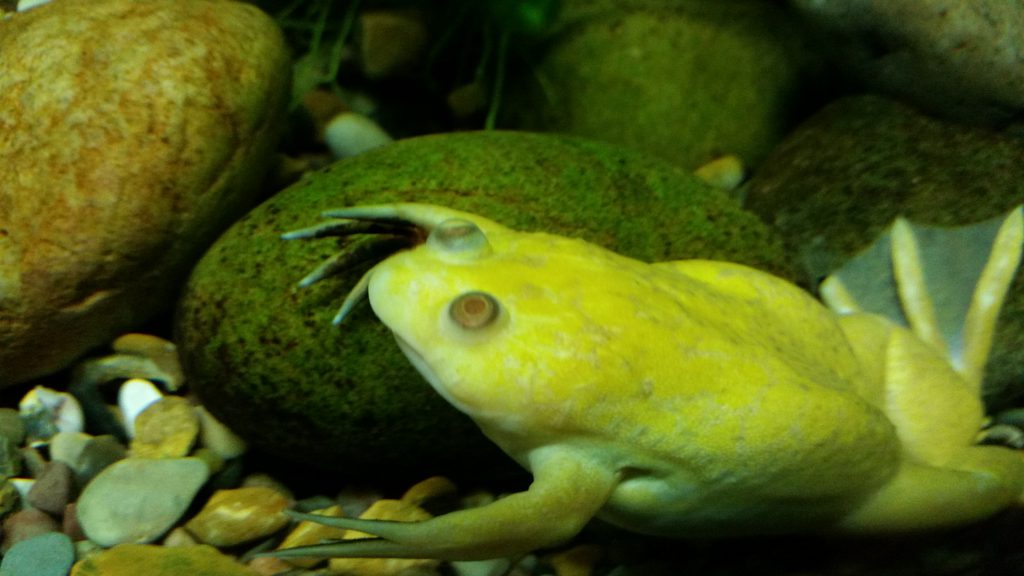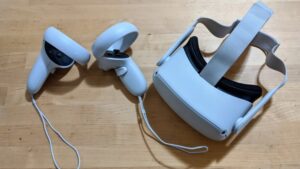Scientists use AI to design self-replicating xenobots from frog cells
3 min read
Scientists use AI to design self-replicating xenobots from frog cells
Last year, a team of scientists announced the development of “live robots,” new types of organisms made using cells harvested by frog embryos. The same team returned with an update on the “robot,” which they called Xenobots, detailing new scientific milestones: the ability to replicate themselves using existing cells.
Despite abundant life, it almost universally replicated the same way – by growing, then finally “shed,” offspring. However, detailed xenobots in new studies (through PNAS), however, are able to produce new generations of offspring in different ways. As details in this study, Xenobots grouped a single cell into a stack, which turned into new Xenobot, a little smaller a few days later
The next generation of Xenobots – the “baby” – can then come out and form their own cell cluster to produce another generation of live robots, a type of biotechnology that seems to come out of science fiction. The researchers took steps ahead, however, utilizing artificial intelligence to design xenobot with more efficient self-replication.
Without redesigning AI, the researchers explained the “parent” Xenobot made of around 3,000 cells. Cell clusters form into xenobot shaped balls that struggle to produce the second generation and usually die afterwards. The evolution algorithm is used to identify the Xenobot design that increases the ability to reproduce.
Billions of potential xenobot forms are analyzed by AI, which focuses on the Xenobot Parent of a PAC human shaped which displays “wedge-shaped mouth. Xenobot replicates using motion to collect cells, which in this case is easier to begging with simple design. As a result, Xenobot produces four generations of offspring.
The result is biotechnology that replicates itself, the researchers say, may prove useful to overcome the current and future problems that need a quick solution. One potential usage for a living robot, the researchers said, utilizing this tiny organism to collect microes from water – developing problems that have raised health concerns but difficult to overcome.
The University of Vermont noted in the announcement of biotechnology that Xenobot was “fully contained in the laboratory,” besides “easily extinguished, and examined by” government ethics and authority experts.
Joshua Bongard, a robotics and computer scientists with universities, pointing to several possibilities of this interesting work with this work, considered, in part:
What presents the risk is the next pandemic; acceleration of ecosystem damage from pollution; Intensify threats from climate change. This is the ideal system for studying systems that replicate themselves. We have a moral necessity to understand the conditions in which we can control it, direct them, satisfy, exaggerate it.
The idea of using a small structure to overcome non-new pollution – although most of these concepts focus on small nanobots, not xenobots replicating themselves. In 2016, for example, the research team developed a graphene-plated nanobot that could be controlled using a magnetic field (through science warning). The graphene layer allows nanobot to absorb tin, one of the many pollutants in the body of the water.
Xenobots presents enchanting evolution in this concept, because they can replicate, therefore introducing more xenobot without additional human activities. The researchers refer to the AI aspect as a promising solution for innovation.
Bongard reduced, saying, “If we can develop technology, learn from Xenobots, where we can quickly tell AI, ‘We need a biological tool that does X and Y and presses Z,’ [and] that can be very useful. This, it takes a very long time. “








